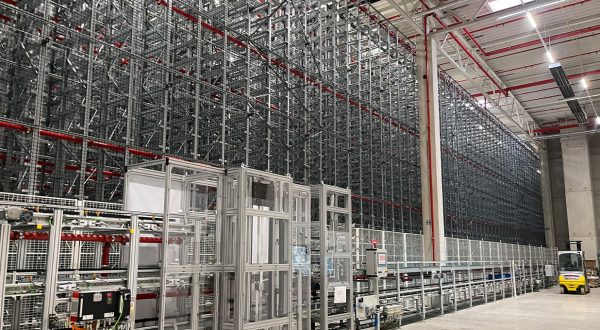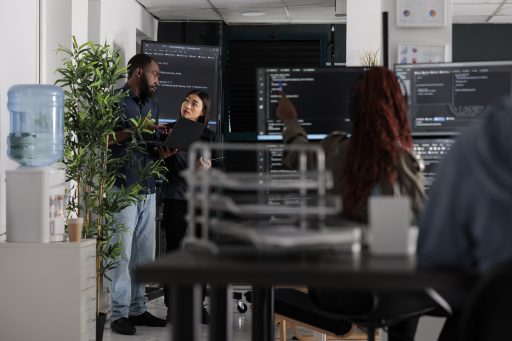How big data and AI will optimise continuous improvement
Reading time: 4 min
Panasonic is testing a continuous improvement method for manufacturing processes called gemba, which builds on Toyota’s kaizen method. In combination with IoT, big data and AI, it can accelerate the advent of the industry of the future
![]()
Continuously improving manufacturing processes is one way businesses seek to optimise their performance. The approach was set out by Toyota in Japan in its kaizen system, designed to improve the productivity of its plants by encouraging managers and employees to make small changes day by day. Another leading Japanese company, Panasonic, took inspiration from that system and added data collected on the ground, on the shop floor, to create a method it calls “gemba”.
“Gemba is an advantageous system that encourages managers and engineers to closely scrutinise what is happening on the ground, in the industrial processes, in order to identify the actual problems occurring in their manufacturing plants.”
Tested at its Saga plant in the northwestern part of the Kyushu Island, and further improved with contributions from the Internet of Things, big data and artificial intelligence, the gemba system was introduced by the consumer electronics group to make the Saga plant into a “smart” factory and an Industry 4.0 showcase.
The initiative was closely tracked by specialists at Actemium, the VINCI Energies brand dedicated to industrial performance. Steve Bullock, Actemium Innovation Manager in Spain, says that “Gemba is an advantageous system that encourages managers and engineers to closely scrutinise what is happening on the ground, in the industrial processes, in order to identify the actual problems occurring in their manufacturing plants.”
That puts the art of gemba in a nutshell: go to the shop floor and watch closely how workers and technicians operate in performing their tasks. In Japanese, “gemba” means “the real place where things happen”, “the place where reality is located.” The gemba system involves introducing tools and procedures that make it possible, by going to the field, to observe what takes place there, identify problems and introduce solutions.
Geo-location and monitoring
At the Saga plant, where about 100 people manufacture security cameras, Panasonic installed about 40 beacons in the ceiling to geo-locate operators and monitor their movements and their interaction with the machines. The system tracks everything that happens on the shop floor in real time. The data captured is analysed and may prompt process changes, for example when a movement is deemed to add little value, or a sequence of movements wastes time or reflects a difficulty in execution.
In this experiment, Panasonic connected actual manufacturing premises, machines, employees and digital tools such as Internet connected objects and artificial intelligence. The combination ultimately provides a detailed understanding of the reality of an industrial process and makes it possible to optimise the configuration of machines and adjust operations.
Finding the right trade-off
However, the objective of these continuous process improvement methods is not necessarily to automate processes and eliminate work by human beings. It is not always profitable, necessary or useful to replace human employees with robots. This is clearly the case at Panasonic’s Saga plant, which manufactures small volumes of a wide range of products to order.
Over 70% of the plant’s production runs comprise between 1 and 100 units. To achieve this and adapt to fluctuations in demand, the plant must be constantly reconfigured. It must be flexible but also meet stringent efficiency, productivity and quality standards.
“We do not produce large volumes that would warrant large-scale automation,” says Tomokazu Ichiriki, Director of the Manufacturing Technologies Department at Panasonic. “We have to find the right trade-off between manual work and automation and identify the manual tasks that would really warrant the introduction of robots.” By analysing the data captured, “We typically increase productivity by 10% per year,” he adds.
Steve Bullock, Innovation Manager at Actemium in Spain, says that the benefits of the lean, kaizen and gemba methods is that when they are combined with the expertise developed by the VINCI Energies brand, notably in automation integration, “They enable us to further improve the solutions we develop for our customers.”
12/03/2020
Learn more:
https://www.usinenouvelle.com





